
WUHAN
Wuhan, alternatively called “Jiangcheng”, the River City, is located in the east of the Jianghan Plain in the middle reaches of the Yangtze River.
More
JINGZHOU
Jingzhou is a prefecture-level city in southern Hubei, located on the banks of the Yangtze River.
More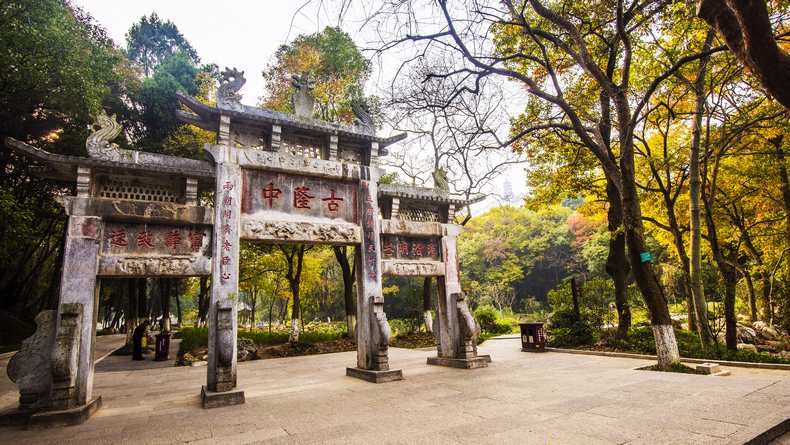
XIANGYANG
Situated in northwest Hubei, Xiangyang (formerly Xiangfan) nestles in the middle reaches of the Han River, which flows through and divides the city into northern and southern areas.
More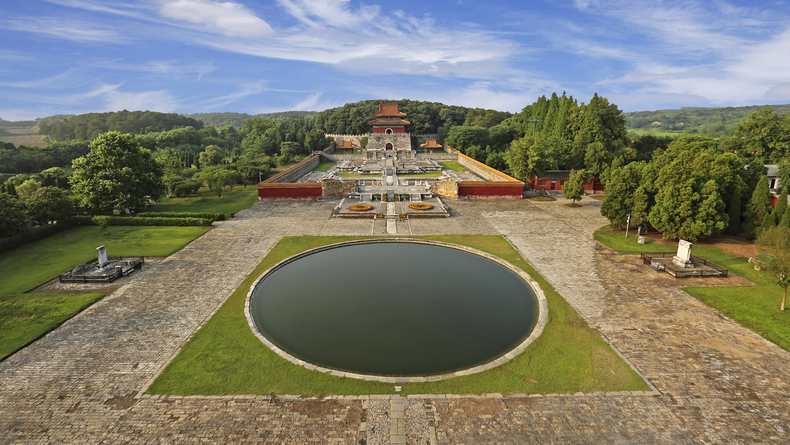
ZHONGXIANG
Zhongxiang, a county-level city located in the heart of Hubei in the middle reaches of the Han River, is one of the cradles of Chu culture with a recorded history of more than 2,700 years.
More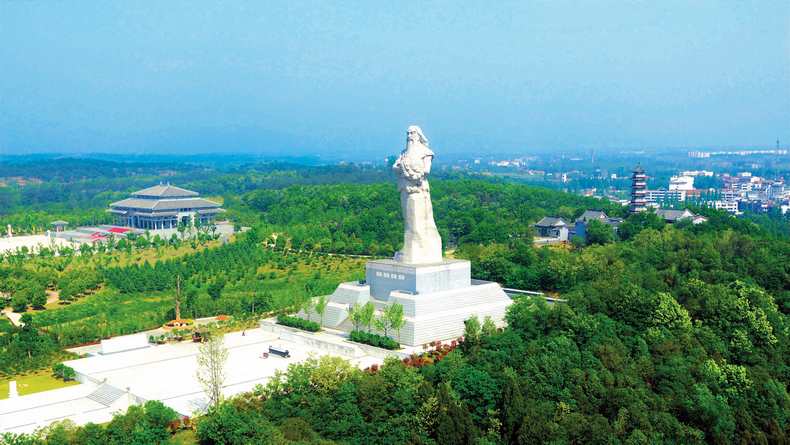

Ancient Buildings on Mount Wudang
Mount Wudang is deemed World Cultural Heritage, Famous Place of Taoism, and National Key Scenic Spot. It is located within Shiyan City, Hubei Province.
More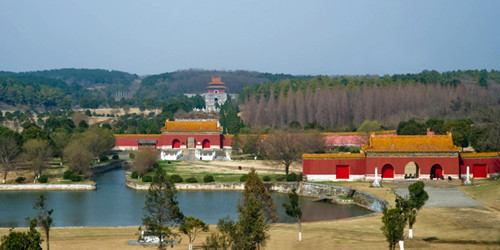
XIANLING MAUSOLEUM OF THE MING DYNASTY
Ming Xian Ling Mausoleum is located on the Chunde Hill 5 kilometers to the northeast of Zhongxiang City, Hubei Province.
More
Hubei Tangya Tusi City to apply for world cultural heritage
The 39th session of the World Heritage Committee will be held from June 28 to July 8, in Bonn, Germany, where the Chinese Tusi site ruins will be jointly applied for world cultural heritage by the provinces of Hunan, Hubei and Guizhou.
More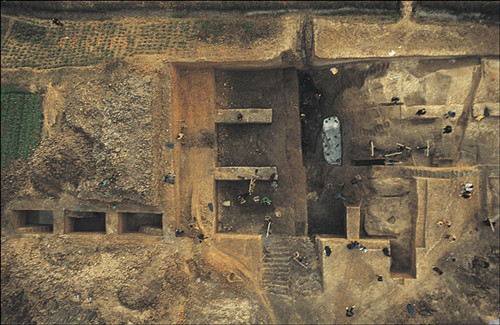
Qujialing Site
Neolithic relics excavated in the region from the Qujialing Culture show that there were people living in Qujialing of Jingshan County, Hubei Province about 5,000 years ago.
More
Panlongcheng Ruins
Discovered in 1954, Panlongcheng is a city-site that dates from the early Shang Dynasty.
More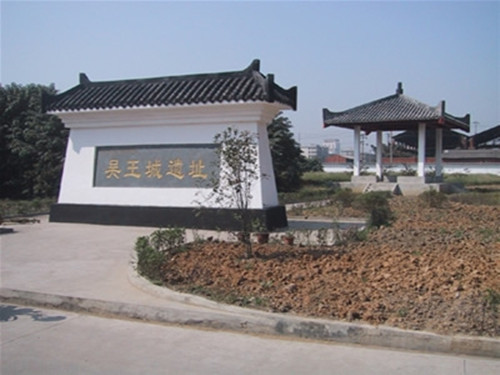
Wu Kingdom Capital in Ezhou
Archaeological findings show that the Wu Kingdom Capital is China’s only site containing the relics of capitals from the Three Kingdoms. The site has high archaeological and historical significance.
More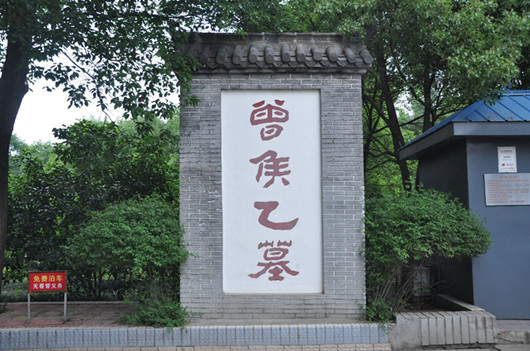
TOMB OF MARQUIS YI OF THE ZENG STATE
In 1978, Chinese archeologists excavated the Tomb of Marquis Yi and Zeng in Suizhou City, Hubei Province, thus revealing one of the most important discoveries in Chinese archaeology history.
More
Yellow Crane Tower Park
The Yellow Crane Tower Park is an absolute must-see scenic spot in Wuhan, capital city of central China's Hubei Province.
More
Wudang Mountain
Wudang Mountain, in the northwest of Hubei province, is perhaps the best known of China's Taoist holy mountains.
More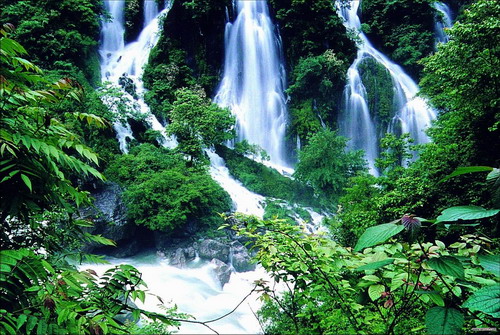
Shennongjia Natural Reserve
Shennongjia Natural Reserve is a very famous place in China for at least two reasons.
More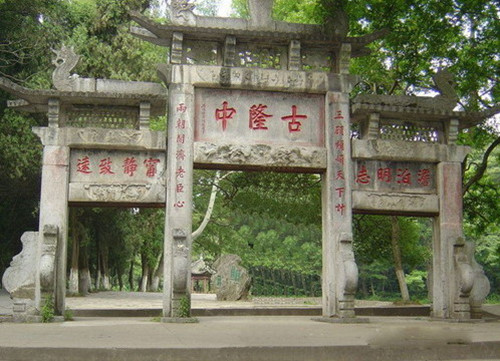
Ancient Longzhong
Ancient Longzhong is the residence of Zhuge Liang, an outstanding statesman and strategist during the Three Kingdoms period.
More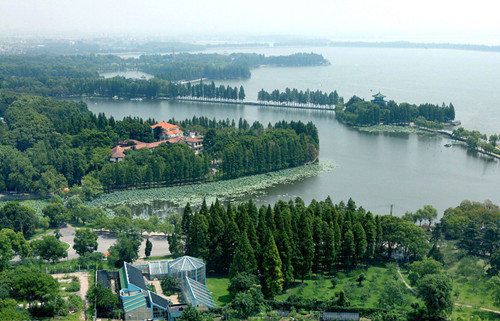
Wuhan East Lake Scenic Area
East Lake is located on the south bank of the Yangtze River and in the east suburb of Wuchang, Wuhan city.
More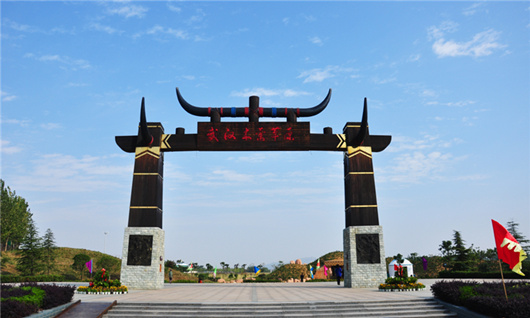
Mulan Grassland
Located in Wangjiahe Street of Huangpi District, Wuhan, Mulan Grassland Area is 38 kilometers away from the Central City.
More
Qu Yuan Temple
Originally built in 820 during the Tang Dynasty, the Qu Yuan Temple was built in remembrance of the great patriotic poet Qu Yuan who lived during the Warring States Period.
More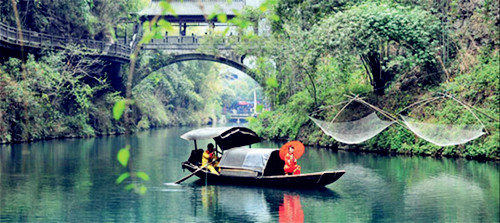
Three-Gorges Tribe Scenic Spot
Yichang, with its history, culture and natural beauty, is worth exploring.
More
Purple Heaven Palace (Zixiao Palace)
Purple Heaven Palace is a historical site designated for state protection of Wudang Mountain.
More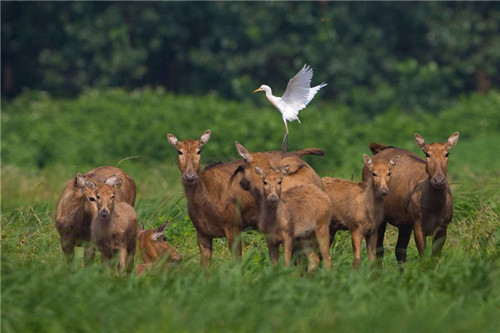
Tian'ezhou Milu National Nature Reserve
A herd of Pere David's deer lower their heads to drink water from a mud flat.
More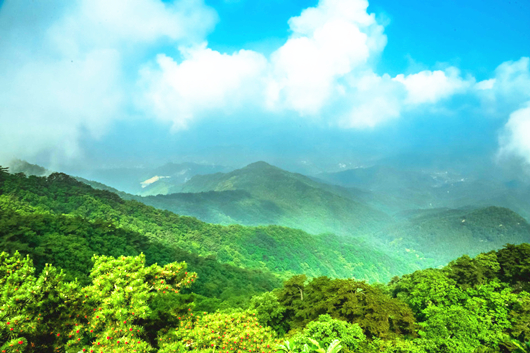
Bodaofeng Peak
Bodaofeng Peak is located on the western side of Tiantangzhai Forest Park, the tallest of the Dabie Mountains, which are in Luotian, Huanggang, Hubei Province.
More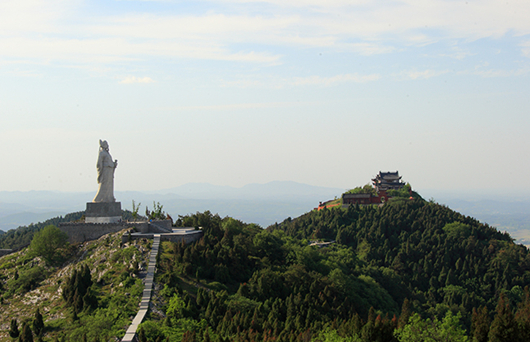
Li Bai Cultural Tourism Zone
Li Bai Cultural Tourism Zone at Mount Baizhao is 15km to the west of Anlu City, covers an area of 804 hectares and is a national scenic spot of class AAAA.
More
Mausoleum of the Ming Emperor
A joint mausoleum for the parents of Emperor Jiajing of Ming Dynasty lies at Chunde Mountain, 7.5 kilometers to the northeast of the seat of Zhongxiang city, Hubei province.
More
Chibi Ancient Battlefield
Chibi (or named Stone Pass) is ruins of the ancient battlefield in the Three Kingdoms period.
More
Suizhou Museum
The museum is known as "a kingdom of bronze wares", as it collects numerous bronze pieces in various categories spanning a long period.
More
Hometown of Emperor Yan Shennong
The Suizhou Emperor Yan Shennong native place scenic spot is located in the northwest of Hubei province, 160 kilometers away from Wuhan city.
More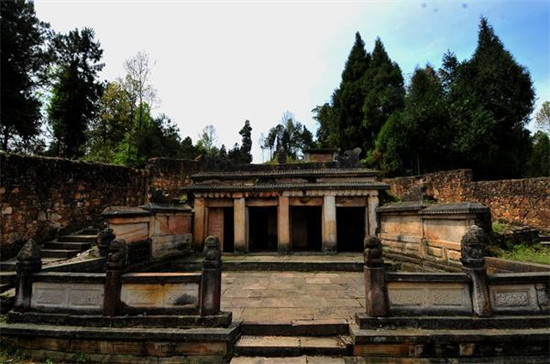
Tangya Tusi site in Xianfeng County
The Site of Tangya Tusi Domain, also known as the Tangya Tusi Ancient City Site, is located in Xianfeng County, Enshi Tujia and Miao Autonomous Prefecture, Hubei Province.
More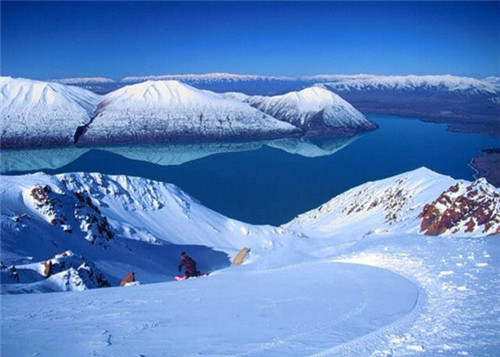
Hubei's first pick for skiing: Shennongjia
Shennongjia is rich in tourism resources. Its ice and snow tourism resources are quite exceptional.
More
Mianyang Park
Mianyang park is an open park which is next to the Wang River, it is a quite Water Garden and Mianyang cultural features comprehensive park.
More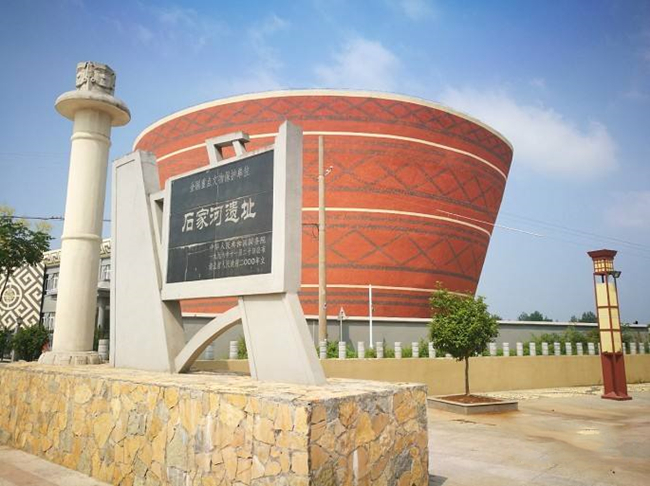
Shijiahe Site
The Shijiahe site, located in Tianmen, Hubei Province, were selected among the top six archaeological discoveries of China in 2016 at an archaeological forum held in Beijing on January 10, 2017.
More
Zhang Hua Tai
Located in Longwan Township of Qianjiang City, Zhang Hua Tai is actually the outer wall of the Chu capital in Eastern Zhou Dynasty.
More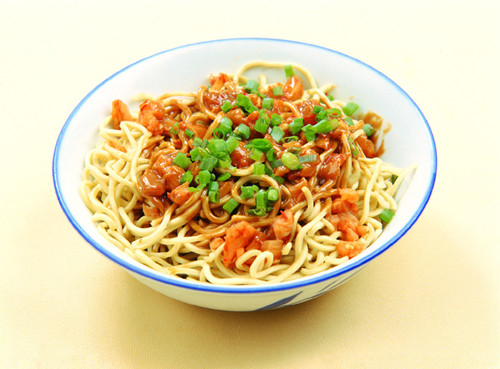
Hot Dry Noodles
Reganmian noodles contain sodium carbonate. They offer a special taste because they are dried and then boiled, and served with fragrant sesame oil and sesame paste. The noodles are usually topped with spring onions.
More
Wuchang Fish
Wuchang fish, known as "Tuantoufang (blunt-snout bream), is a kind of bream, originally produced in the Liangzi Lake of Echeng County in Hubei Province.
More
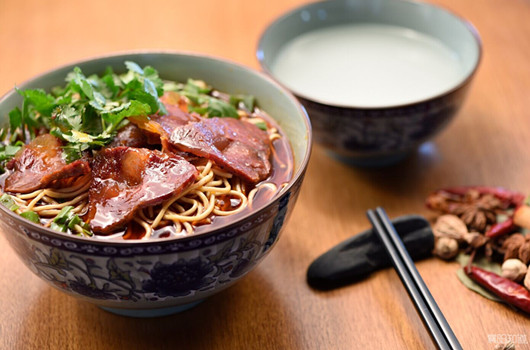
Xiangyang Beef Noodles
Xiangyang Beef Noodles dates back to the Qing Dynasty (1662), as one of the most popular breakfast foods in the area.
More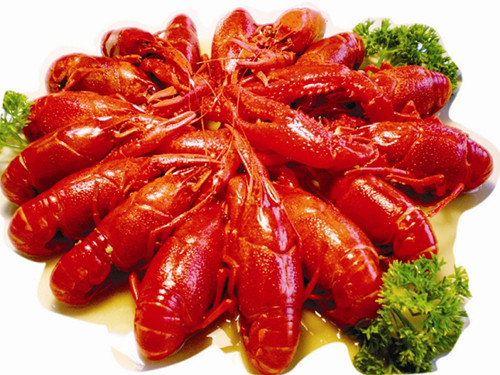
Qianjiang braised prawns
The braised prawns is one of the most famous dishes in Hubei Province.
More
Bean-residue
"Bean-residue" also known as lazy tofu, it is a kind of soy food in Enshi, central China’s Hubei province.
More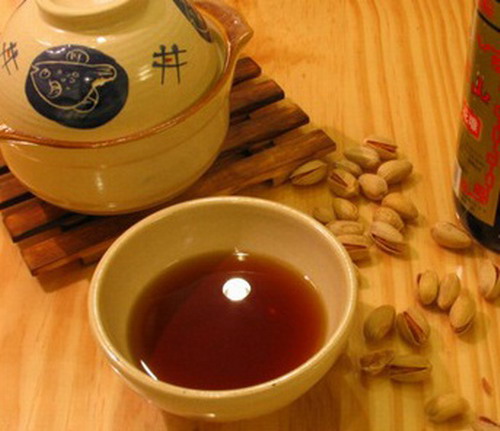
Yunxian Yellow Wine
The aged yellow wine in Yunxian County has a long history and was invented by folk people.
More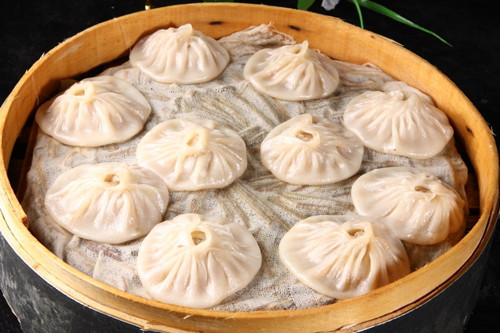

Wuhan Fried Doughnut
Mian Wo (Wuhan fried doughnut) is a deep fried doughnut shape small dish from Wuhan, Hubei province in central China.
More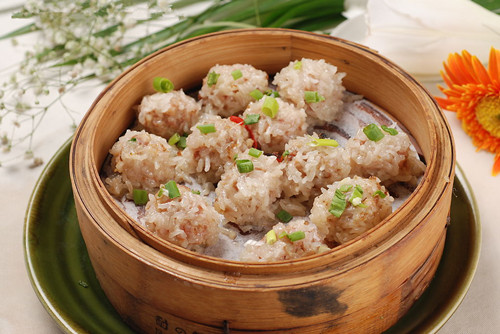
Pearl-shaped Balls
The dish uses mince pork and fish with water chestnuts, refined salt, pepper, finely sliced shallots and Shaoxing wine.
More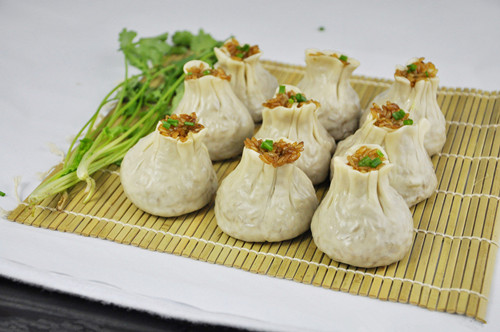
Shaomei
Shaomei (also called Shao mai or Shumai) is a type of traditional Chinese dumpling served in breakfast in Huangzhou, central China’s Hubei province.
More
Lotus Root
Lotus root, rich in protein, vitamins and other nutrients, is honored as the king of vegetables in oriental nations. It can improve immunity and slow down aging process.
More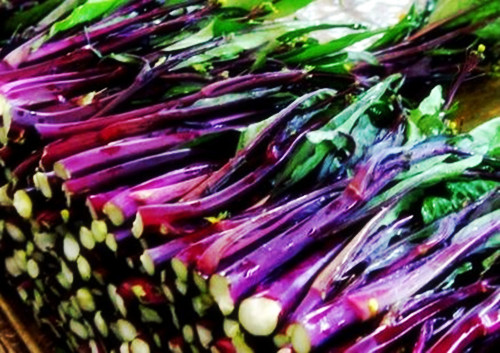
Hongshan Vegetable Bolts
A kind of red vegetable grown in Hongshan District in Wuchang is a speciality of Wuhan.
More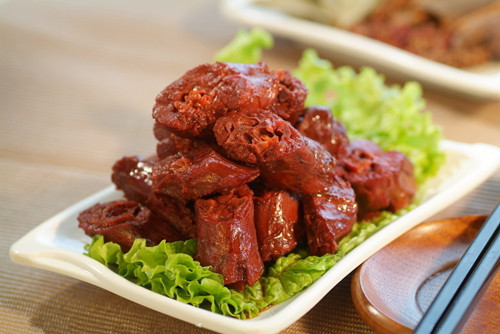
Duck Necks
Pot-stewed duck necks originate from Wuhan, capital of Central China’s Hubei Province. There are many stories about the dish’s origins.
More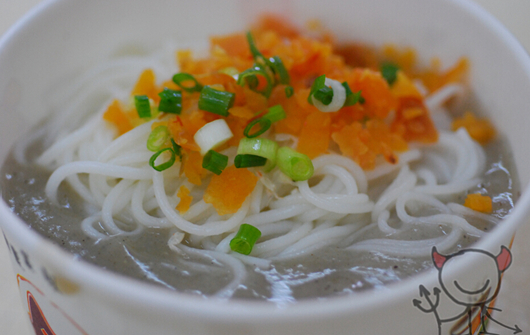
Fresh Fish Soup
Fresh fish soup is a famous characteristic snack that enjoys a long history in Wuhan. It can be dated back to the Zhong’s Fresh Fish Soup in 1932.
More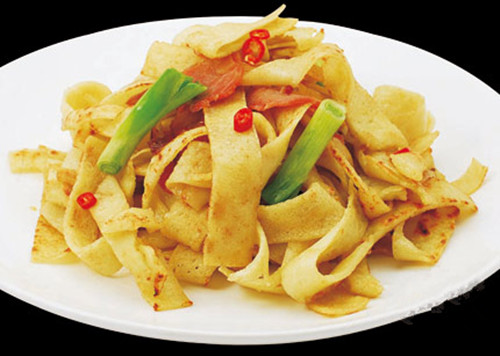
Bean noodles
Shortly after winter starts, bean noodles begin to appear in local markets. These tasty noodles are a southern specialty.
More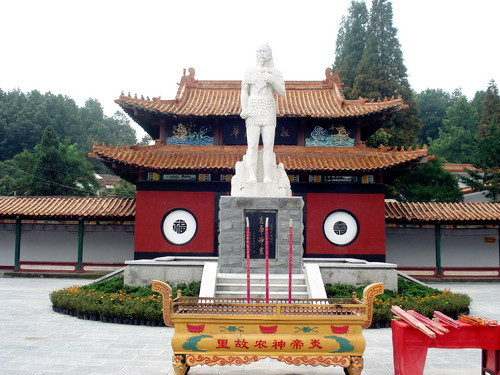
Cultural History of Hubei
The Chinese nation has called themselves the descendants of Emperor Yan and Emperor Huang for more than 5,000 years.
More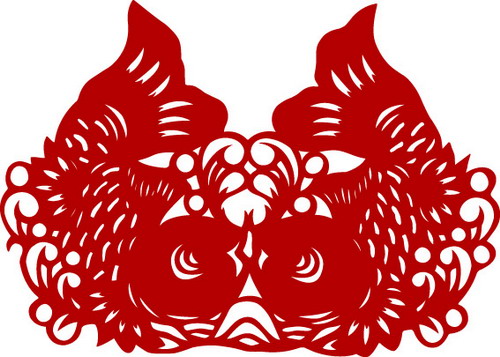
Xiaogan paper cutting
Women of Xiaogan city, Hubei province, have the folk custom of singing Qing Qi songs on the fifteenth day of the first lunar month.
More
Jingzhou embroidery
As early as the Spring and Autumn and Warring States Periods, embroidery in Jingzhou has reached a very high level.
More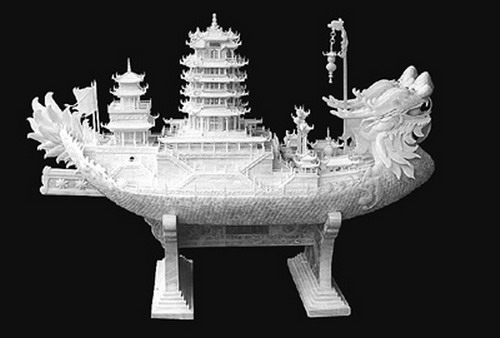

Tiaohua (Cross-Stitch Work)
Tiaohua, or cross-stitch work, is usually used to decorate home textiles and women's attire. The techniques popular in Huangmei County of Hubei Province and Longhui County of Hunan Province have their own distinctive features.
More
The Story of Dong Yong and the Seventh Immortal Maiden
Dong Yong legend is a well-known love story between a goddess and a mortal.
More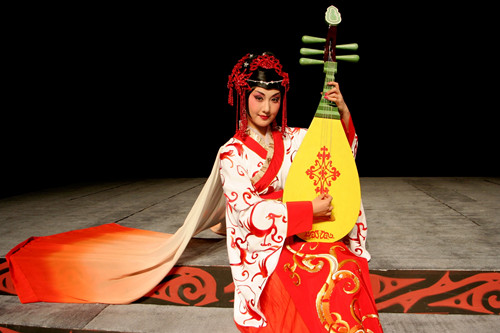
Han Opera
Han Opera is one of the oldest local operas in the Hubei area, with a history of more than 300 years.It is the main opera of Hubei Province, originally known as the Han Tune and Chu Opera.
More
Huangmei Opera
As a local drama in East China's Anhui Province, Huangmei Opera actually originated in Huangmei County, Hubei Province, during the 18th century when Chinese local operas were flourishing.
More
Tianmen Sugar Figurine
Tianmen sugar figurine, listed among the second batch of China intangible cultural heritage, is a folk sculpture which is popular among regions around Tianmen, Hubei Province.
More